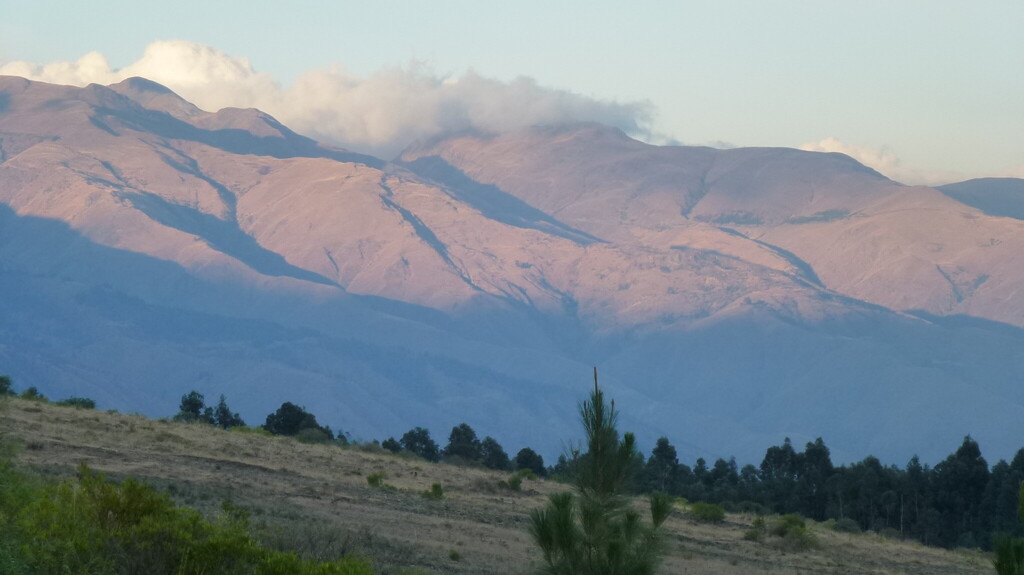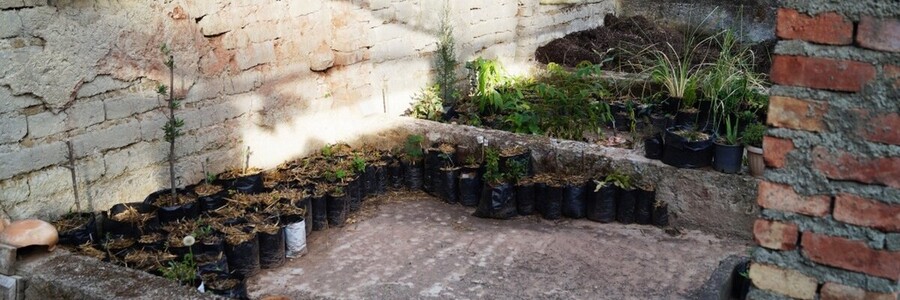Job interviews
Job interviews were held at Agrecol Andes on Monday afternoon. We are looking for a project manager. Out of twenty applications, five were selected and now we are sitting here waiting for the applicants. Unfortunately, not a single woman was among them.
The first one comes in, David Tovar. First impression: weather-beaten face, long braid, winning smile. David lives in Tiquipaya, the district where we want to introduce dynamic agroforestry. Apart from me, he knows everyone present personally and greets them warmly.
As he sits down and answers the first questions, I am struck by his enthusiasm for dynamic agroforestry and the love with which he speaks of his land. David already converted his plot to this method 12 years ago and Noemi says his land looks very good.
David speaks fluent Quechua, a requirement for this job. He also knows the local farmers, another advantage. He almost seems too good a fit. As he leaves, one of the people asks if David can write reports well enough, is he professional enough?
The next applicants arrive. One is very young and has little experience with agroforestry. One knows mainly about large-scale development and agriculture programmes, but also has little experience in dynamic agroforestry, and one is too expensive. The last applicant is then a surprise: open, convincing and experienced in implementing programmes.
Moreover, he learned the method from Noemi in various courses and was always enthusiastic, had many ideas. But he never implemented his many ideas on his plot, probably because he was very committed in his job. But he lacks practical experience and hardly speaks Quechua. In the end, the choice fell unanimously on David.
The project takes shape
The next day we meet again and go through the individual steps of the project together, point by point. Where are there questions, ideas or possible obstacles? We also discuss the accounting and the proof in the form of receipts in detail. It's good that I'm here. I can answer a lot of questions and we agree to work closely together, especially on the accounting.
In the afternoon, David comes and we go through the individual steps of the project again: Selection of the families by the communities, setting up a tree nursery to grow tree seedlings, preparation of the plots, planting, evaluation.
As it is already mid-August and the plots have to be planted by November at the latest, we realise that it is too late to set up our own tree nursery. We will have to buy all the seedlings.
This shows how important David's experience is. He and Noemi discuss that we have to be careful to select the appropriate tree seedlings, including plant combinations, for the respective altitudes and soil conditions of the individual plots. Moreover, this should already be done in September, otherwise there is a risk that there will not be enough seedlings left in the mainly state-run tree nurseries in November.
Towards evening we even have a timetable for the individual steps and it starts immediately, because we have to discuss the best way to select the families with the mayors of the communities as soon as possible.
Mixed feelings - confidence wins out
It is half past six, from early in the morning until now we have been working intensively. I am knocked out. And also satisfied. It has been a good day. David seems to be a good choice. We make our way back, two hours by public shared taxi through crowded streets.
I look out at the colourful tangle of people, small street shops, open fireplaces. There is construction everywhere, the skeletons of houses. Cochabamba is a huge, unfinished city on the move. Suddenly I feel so small. How do I want to counteract this overcrowding, show alternatives for a more mindful approach to nature? It seems impossible.
The last eight kilometres are on unpaved sandy tracks, finally Noemi and I climb a good half kilometre up the hill to her house. I quickly get out of breath, the air is thin. Above us a breathtaking starry sky and the shadowy outline of Tunaris, the highest mountain in the Andes here. Joy at the beauty rises up in me and I think to myself .... maybe it will work after all.

